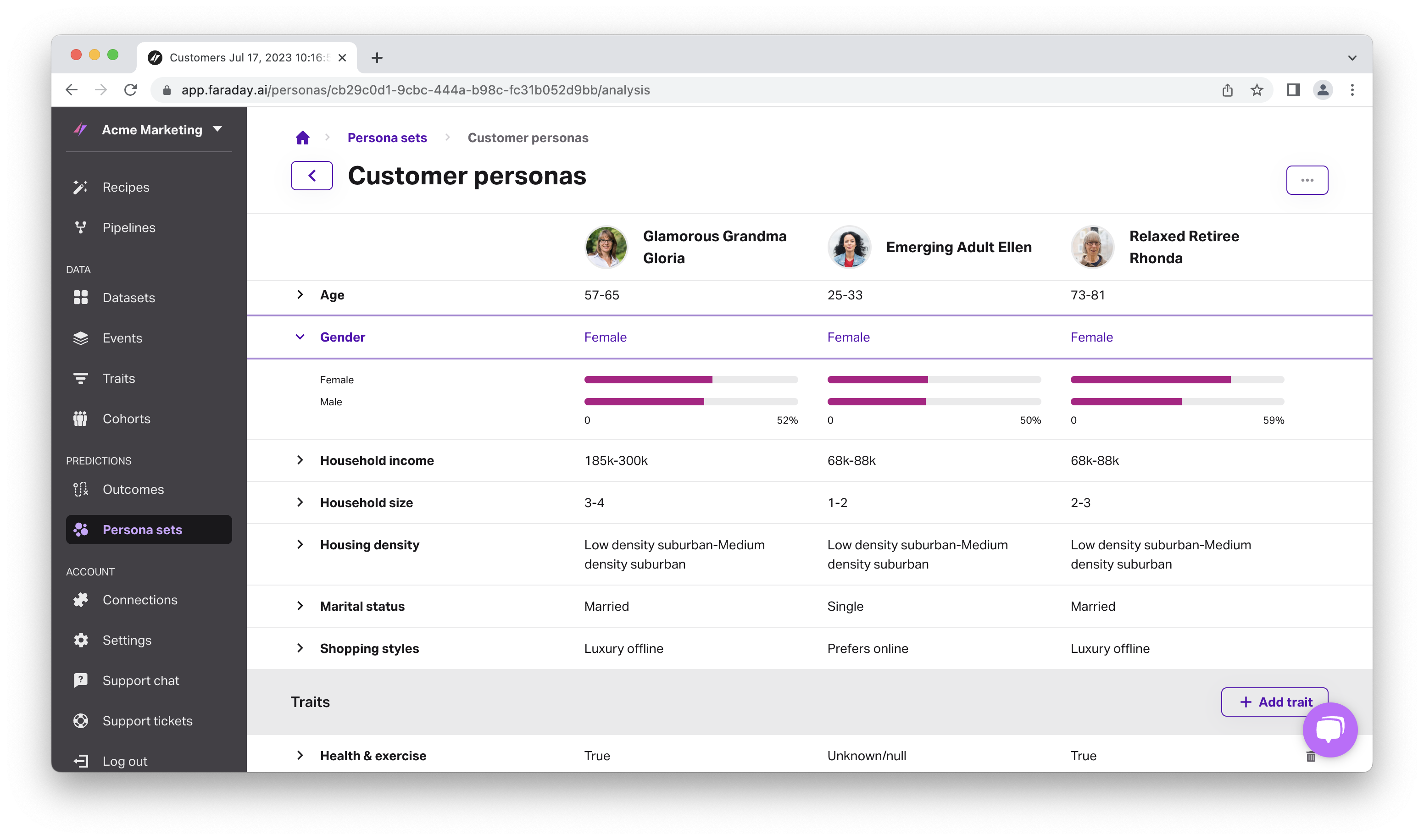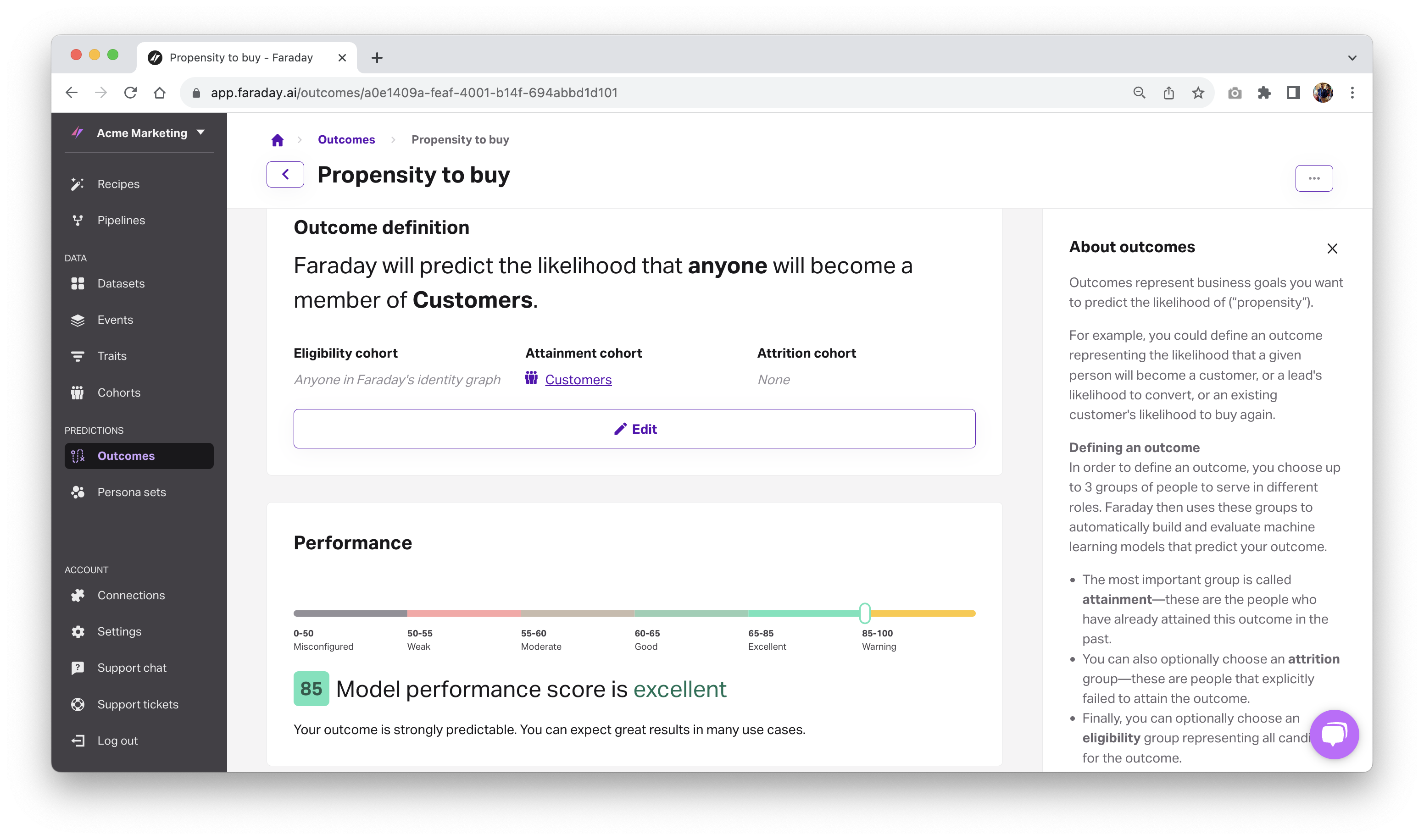First party vs third party data: What's the difference?
An effective marketing strategy is data-driven, and to create one, you need a strong mix of first and third party data. Learn the difference between first and third party data in marketing, and how smart brands are using first party data enrichment to drive growth.


Difference between first and third party data
Nowadays, the most successful brands are data-driven organizations. For a long time, brands harnessed both first and third party data to strengthen their understanding of their customers, improve decision-making, create more personalized experiences, and more. Let’s zoom out: what’s the difference between first-party data and third-party data?
First party data is data that your brand collects on your customers and leads. Page visits, form submissions, purchases, and email engagement are all examples of first party data, and each one provides unique insights and context into how your customers and leads interact with your brand. Depending on how and where your brand collects data, first party data can come in a variety of forms: engagement, demographic, transactional, financial, lifestyle, and more.
Third party data is data that’s been collected by a third party, or not your brand. It comes in the form of demographics such as age or gender, psychographics such as hobbies and interests, and financial data such as household income. Third party data providers like Acxiom allow brands to purchase the data for use in marketing.
Until recently, third-party cookies and social scraping were common sources for data enrichment meaning that browsers would creepily follow consumers across the internet to track their interests, behaviors, and other personal information that was never willingly shared for commercial use. It enabled personalization at the expense of consumer privacy, but responsible brands have been preparing for the death of third-party cookies.
Benefits of first and third party data for consumer marketing
All types of data have their own individual merits when it comes to consumer marketing, and in order to create a cohesive, impactful customer insight strategy, you need more than just your first party engagement data, otherwise you run the risk of sending the wrong message at the wrong time. A good combination of first and third party data plays a key role in two pillars of a strong marketing strategy: customer insights and predictions.
Customer insights
A strong foundation of data enables marketers to segment customers and leads into distinct subgroups so that they can be targeted with relevant engagement, and with both first and third party data fueling your customer analytics tools, you’ll find that your customers and leads are more than just purchases and clickstreams–they’re real people, with real interactions outside of your brand.
By unifying first and third party data, your customer insights upgrade from “person that abandoned their cart” to “John Doe, married father of two, golf enthusiast, cat owner, and brick-and-mortar shopper.” And the best part is that this can be done at a scale that applies to entire segments of your customer base. The patterns are there in your data, you just need to find them.
Predicting customer behavior
The value of pure customer insights through data is clear, but you can take your strategy a step further by using that data to predict virtually any customer behavior your brand is interested in. Likelihood to churn, convert, make a purchase, purchase again–whatever strategy you want to reinforce or employ, customer predictions using propensity models can get you there quickly and accurately.
Propensity models pore over your customer and lead data to find historical patterns, and then use those patterns to make the customer predictions you need. Plus, by using both first and third party data, your predictive models become even more accurate because they have more data to work with. Being reactive just doesn’t cut it anymore, and by predicting customer behavior, you can be proactive to ensure that lead converts, or that customer decides to stay on board.
First party data collection techniques
Perhaps the most important benefit of first party data is that your brand is in complete control of how you collect it. Some strategies are more effective than others, but it’s important to implement a variety of strategies to ensure healthy engagement with both customers and leads.
Web forms & surveys
Web forms can be a great way to capture basic information like name, email, mailing address, and possibly some financial or lifestyle information as well. In a similar vein, albeit more resource intensive, surveys are a fantastic way to poll your customers and leads to learn more about what they’re looking for, what they like about your brand (or even what they don’t!). Consider offering a small incentive, such as a free coffee, for any who fill out a survey.
Loyalty programs
One of the best ways to engage with and retain your current customers is to implement a loyalty program. Loyalty programs enable brands to consistently engage with their customers through features like allowing customers to rack up points per purchase that can be redeemed for discounts or freebies. On top of the rewards you can offer your customers, it gives you another avenue through which you can engage with them–like sending automated, personalized emails when they reach a certain point or purchase threshold.
Online engagement
Users will engage with your website in different ways, and the more data you collect, the more you’ll understand what it is that your visitors are looking for. Digital ads on a platform like Instagram can help you find the platform that fits your ideal customers. Visitor behavior on your site, such as scroll depth or visits on a certain page can similarly help you find what pages resonate most with them, which you can then use to guide engagement copy & creative.
First party data enrichment
Modern brands are adopting a first party data enrichment strategy through third party data providers to gain a true understanding of who their customers are so that every engagement is a delight. It’s possible to both respect your customers’ privacy and use third party data to personalize engagement–you just need to be smart about it. Faraday helps brands do just that.
With cookies in the rear-view window, it’s more important than ever to ensure you’re being responsible and privacy-centric with any data you use. Avoid data that involves shady practices like social scraping, and look for opt-in, permissioned data–it’s the way of the future, and not utilizing it is leaving your brand at a disadvantage.
So what are your options for first party data enrichment? The obvious answer is licensing directly from third-party data vendors like Acxiom or Epsilon. Something to note, however, is that you’ll need to sift through all that data to find what’s most relevant to your brand at any given time–your ideal customer profile will likely change over time, after all. On the other hand, many brands are adopting customer prediction platforms like Faraday so that they can access all the third party data they need, with machine learning algorithms that tell them what’s most important, saving time & resources that are better put elsewhere, like launching campaigns.
How to leverage first and third party data with Faraday
Faraday enables your brand to generate actionable insights and customer predictions using both first and third party data–or first party data enrichment. No matter what your stack looks like, Faraday has hundreds of integrations to ensure your predictions are where you need them, when you need them, and without a single line of code. On the flip side, if your brand is developer-minded, Faraday offers a robust developer API so that you can implement predictions your own way.
Predict personas to make personalization a breeze through rich insights
Like I mentioned earlier, first party data enrichment completely transforms what you know about your customers, and allows you to visualize clear indicators for who’s represented in any segment of people your brand is interested in. Turn that newly-discovered John Doe, married father of two, golf enthusiast, cat owner, and brick-and-mortar shopper–part of the Middle-aged Married Mike persona–into internal talk track alignment, guided personalization on any platform, and more.
Predict propensity to take virtually any action
With your personalization in-hand, use propensity models to predict who’s (or where’s) most likely to buy your product, who’s worth retaining, how to prioritize your leads, & more. Customer predictions with machine learning turn your reactive marketing proactive, so that you’re always delivering the right message at the right time, and personalized to boot.
Ready to try it out? Create a free account.

Faraday
Faraday is a predictive data layer that helps brands and platforms understand who their customers are and what they’re likely to do next. We connect first-party data with privacy-safe U.S. consumer context from the Faraday Identity Graph and deliver production-ready predictions and datapoints you can activate across marketing, sales, and customer journeys.

Ready for easy AI?
Skip the ML struggle and focus on your downstream application. We have built-in demographic data so you can get started with just your PII.

